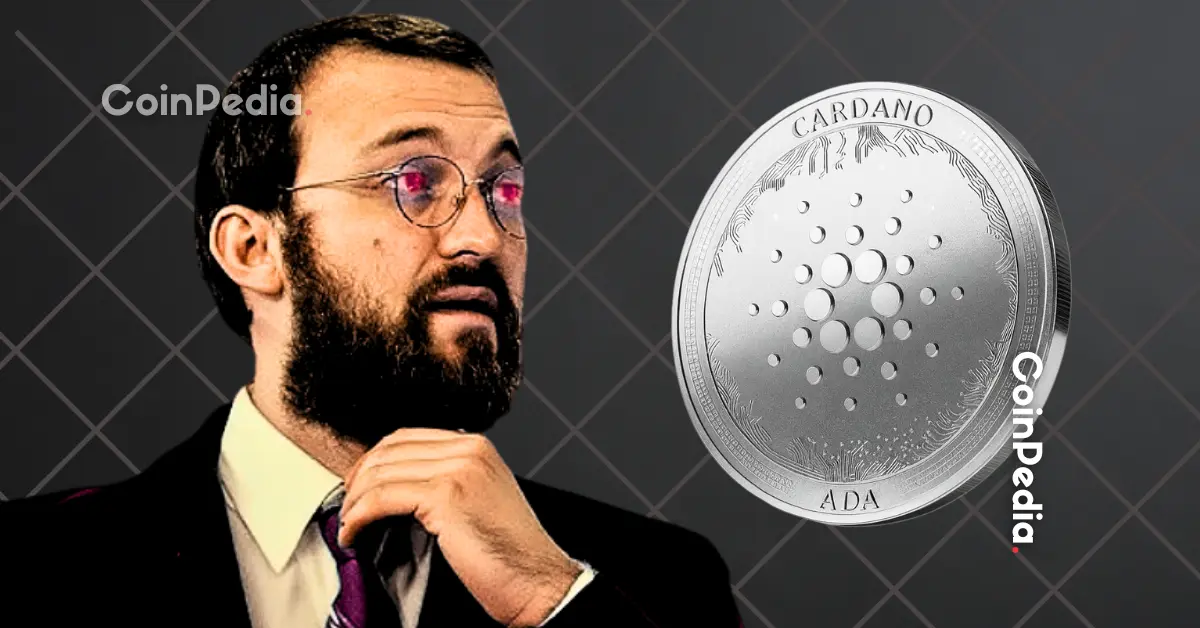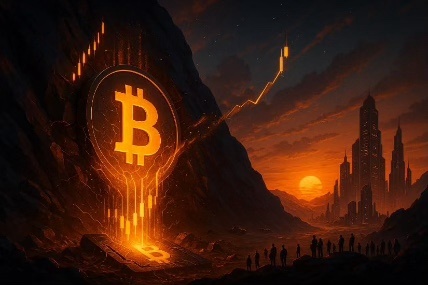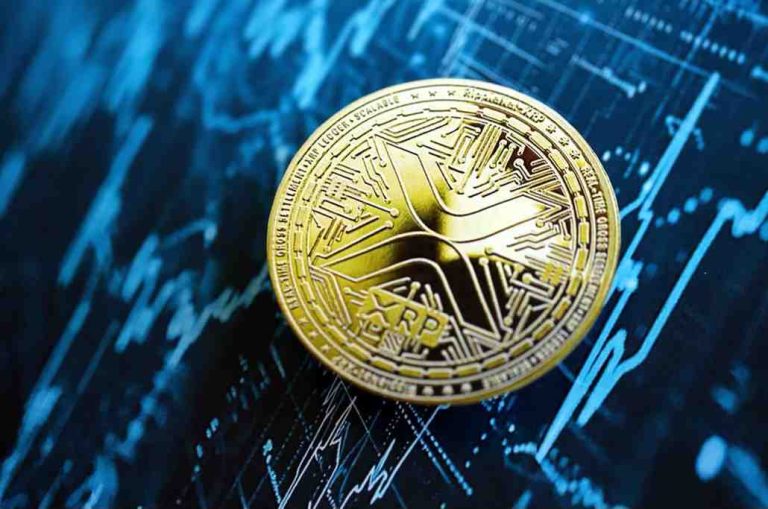
Cardano (ADA) has once again made headlines, but not for the reasons its community would have hoped. The cryptocurrency, once lauded for its robust engineering and promise of innovation, is currently facing significant challenges that have left investors questioning its long-term potential.
What’s Happening with Cardano?
In recent weeks, Cardano has been grappling with crises on multiple fronts. The price of ADA has dropped around 30% this month, breaking below the critical $0.50 support level. The token is now hovering in the $0.42-$0.44 range, with $0.42 as immediate support and $0.45 as a key resistance level for bullish momentum.
Coupled with poor network activity and low DeFi liquidity compared to competitors, sentiment among ADA holders has weakened substantially. Many long-time holders have taken to platforms like Reddit to voice their disappointment, as one user lamented Cardano as “the best idea that never materialized.” Others expressed regret for their investment, signaling a growing lack of confidence in the project.
Tech Troubles: Chain Split & Scalability Upgrades
A key factor contributing to diminished trust was a chain split Cardano experienced on November 21. Triggered by a malformed delegation transaction, the incident created a divergence in the ledger. Although a hotfix was swiftly deployed and funds were not compromised, this rare event highlighted reliability concerns for a cryptocurrency reputed for its high engineering standards.
On a positive note, Cardano’s development team is actively working on scalability solutions. The introduction of a public tracker for the anticipated Ouroboros Leios upgrade offers transparency to the community regarding scalability and engineering progress. However, many argue that technological advancements are not sufficient without tangible real-world adoption.
What’s Missing?
Cardano’s roadmap has historically faced criticism for slow execution. The absence of native stablecoins like USDC or USDT, low DeFi liquidity, and a lack of compelling real-world applications are significant bottlenecks. Investors are frustrated by the limited use cases of ADA beyond staking, as well as weak marketing and visibility within the highly competitive cryptocurrency space.
Moreover, some have raised concerns about centralized leadership, with Cardano’s direction heavily reliant on Charles Hoskinson and the Cardano Foundation. Despite a large treasury, deployment strategies remain unclear, further exacerbating community discontent.
Moving Forward
While Cardano is wading through its challenges, it retains a loyal and active base of developers and enthusiasts. For those interested in tracking progress, the Ouroboros Leios dashboard provides an opportunity to stay informed on performance improvements, node updates, and governance changes.
Final Thoughts
The question for Cardano remains whether it can evolve beyond its ambitious technological goals and demonstrate meaningful market impact. Without deeper liquidity, native stablecoins, and robust marketing efforts, the ADA token risks falling further out of favor.
Looking to diversify your crypto portfolio? Take steps to educate yourself about the latest market opportunities. For more updates and guides, explore CoinPedia, your go-to source for timely and accurate blockchain news.



